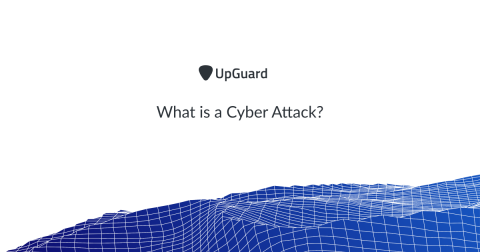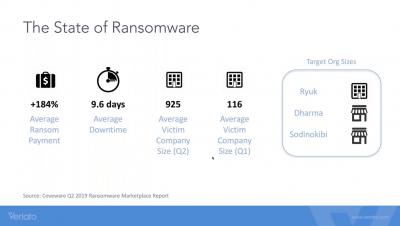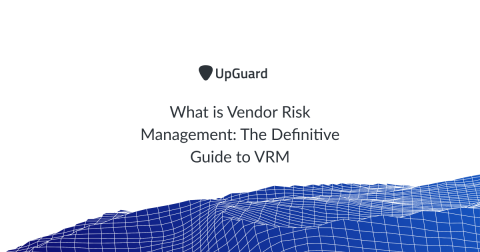What is a Cyber Attack?
A cyber attack (or cyberattack) is any attempt to expose, alter, disable, destroy, steal or gain unauthorized access to a computer system, infrastructure, network, or any other smart device. In some cases, cyber attacks can be part of a nation-states cyber warfare or cyber terrorism efforts, while other cybercrimes can be employed by individuals, activist groups, societies or organizations. Strong organizational wide cyber security controls are now more important than ever.









